Rising tides, sinking chalkboards: How climate change threatens Bangladesh's primary education
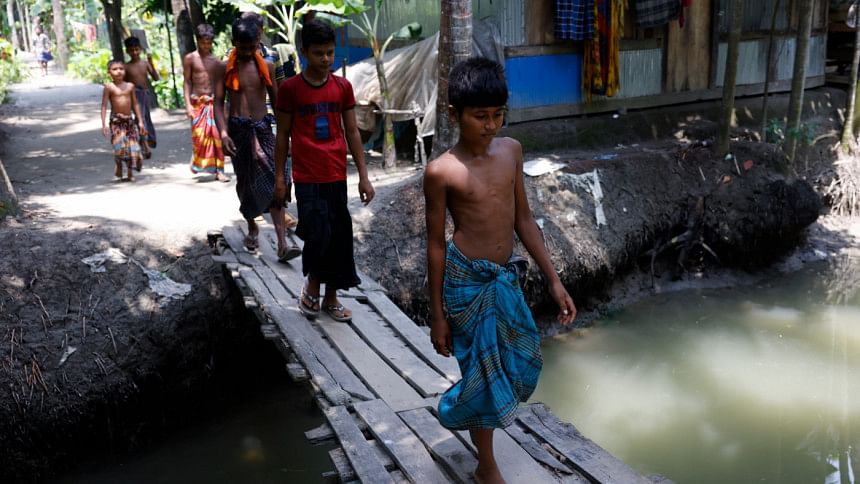
One issue that often gets drowned out in the cacophony of discussions surrounding climate change is how the crisis is affecting our children and their education. According to Save the Children and Unicef, children are among the most affected by extreme weather events – like tidal surges, cyclones, flooding and desertification – all caused by climate change. Approximately 20 million Bangladeshi children are already significantly exposed to climate threats, and 12 million kids who live near and along river systems face the increased risk of fatal flooding. And strong cyclones frequently affect another 4.5 million children living in the coastal region.
Climate change affects children and their education through several channels. First, economic challenges due to climate-related impacts may force families to prioritise immediate needs over educational expenses, lowering school enrolment rates. This feeds the cycle of inequality and constrained opportunity. Child labour may also go up due to climate change-induced poverty, as nearly half of the labouring population is dependent on the climate-sensitive agriculture sector.
Second, both children and teachers will be exposed to illnesses such as malaria, typhoid, dengue fever and water-borne infections, which would further disrupt educational plans. Research shows that 58 percent of human infectious diseases may be aggravated due to climate change. Furthermore, students will frequently get sick during school assemblies or in the middle of class due to heatwaves. The changing climate negatively affects the hygiene of students as well, amid a prevalent shortage of sanitation facilities. Further damage to the facilities and scarcity of water will especially worsen attendance rate and academic performance of girls.
Climate change may have a negative effect on children's emotional well-being too. The lack of a sense of security arising from increased disasters will hamper cognition and motivation to learn. According to a Unicef report, 70 percent of respondents were anxious about climate change and its repercussions for the future. This crisis will also give rise to gender-based violence, domestic violence, sexual abuse and trauma, which in turn will create deep scars on the mental health of children.
Extreme weather phenomena like floods, cyclones, and storms could disrupt school operations, damage infrastructure, and cause displacement of students and teachers. All this would lead to interrupted learning and decreased attendance. A total of 25,430 educational institutions are situated in disaster-prone areas, according to Bangladesh Education Statistics. According to a survey conducted in 2019, 19.49 percent of institutions, after the most recent disaster, were unable to recover from the loss of buildings, 18.78 percent from the loss of furniture, 18.09 percent from the loss of doors and windows, 12.86 percent from the loss of sanitation facilities, and 11.56 percent from the loss of connecting roads.
Disruption to roads and communication systems caused by severe weather events leads to a detrimental effect on schooling. According to the Bangladesh Disaster-related Statistics 2021, 369,865 children missed school at different times due to disasters during 2015-20. Among them, 56.60 percent did so due to disruption of communication systems and 24.17 percent because of damage to school infrastructure.
Extreme weather like high temperatures will also hinder outdoor enjoyment, sports, and school assemblies. Consequently, students will miss out on a variety of school-based collective and community learning opportunities.
Adapting schooling to climate change requires a multifaceted approach that considers both the immediate challenges and long-term impacts of shifting climate patterns. Strategies such as climate-resilient infrastructure, digital learning resources, community-based education, early warning systems, teacher training, raising awareness, conducting disaster preparedness drills, and long-term planning will bear fruit.
The effects of disasters and changing climate must be taken into account while choosing school designs. "Climate-smart interventions" need to be put in place, to achieve energy efficiency, water safety and food security. In this context, collaboration between government agencies, NGOs, international organisations, and local communities holds immense importance. A comprehensive plan can be developed to safeguard and improve the primary education system in the face of climate change by combining resources, knowledge, and innovative ideas.
As we stand at the crossroads of the climate crisis, Bangladesh must act swiftly to safeguard its primary education system. The resilience of a nation lies not only in its ability to withstand environmental challenges but also in its capacity to nurture the minds of its youth. By prioritising a climate-resilient education system, Bangladesh can set the stage for a brighter and more sustainable future for its children and generations to come.
Tasfia Tasneem Ahmed is a research associate at Bangladesh Institute of Governance and Management (BIGM).
Views expressed in this article are the author's own.
Follow The Daily Star Opinion on Facebook for the latest opinions, commentaries and analyses by experts and professionals. To contribute your article or letter to The Daily Star Opinion, see our guidelines for submission.

 For all latest news, follow The Daily Star's Google News channel.
For all latest news, follow The Daily Star's Google News channel. 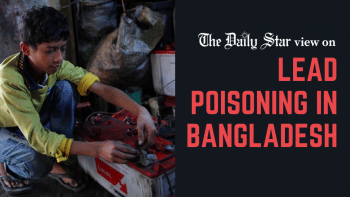






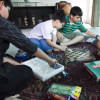
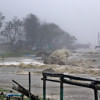
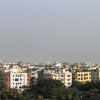


Comments